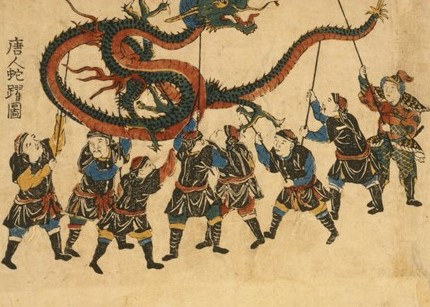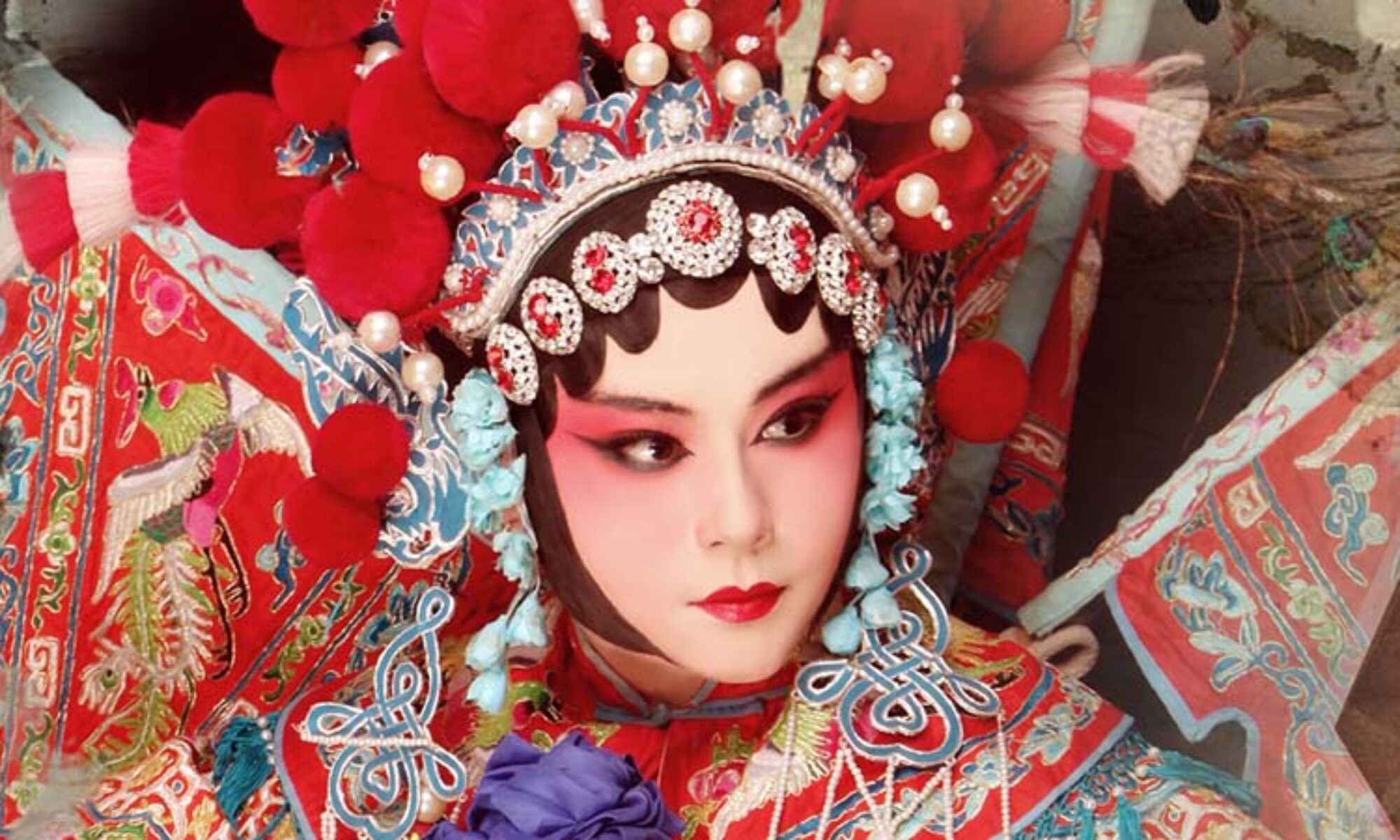
Introductory
Chinese dance:
Perspectives of locals and foreigners
Chinese dance is a vibrant and culturally significant art form that fascinates locals and foreigners alike. Its rich history and diverse styles contribute to its enduring popularity and appeal. Find out how Chinese dance is perceived by both locals and foreigners.
Perspectives of locals:
For the Chinese locals, Chinese dance has deep cultural and historical significance. It is considered an integral part of their heritage and represents centuries of artistic tradition and artistic expression. Chinese dance is often associated with traditional festivals, rituals and ceremonies and is considered a powerful medium for communicating stories, emotions and spiritual beliefs. Many locals see Chinese dance as a way to preserve their cultural identity and pass it on to future generations. It is also considered a form of physical exercise and a means of cultivating discipline, grace and harmony.
Locals appreciate the complexity and precision of Chinese dance accompanied by fluid hand movements, graceful footwork and elaborate costumes. Whether classical, folk or ethnic, each dance style is revered for its distinctive character, regional flavor and symbolic meaning. Local audiences often attend performances by professional dance groups or take dance classes themselves, creating a strong sense of pride and appreciation for its cultural heritage.
A foreigner’s perspective:
From a foreigner’s perspective, Chinese dance is a fascinating and captivating art form that offers a glimpse into Chinese culture. For many foreigners, the beauty and grace of Chinese dance is impressive. You’ll be captivated by the seamless blend of vibrant costumes, intricate choreography, music, movement and storytelling. Chinese dance performances often leave a lasting impression on foreigners who appreciate the skill and dedication required to master the art. Foreigners who experience Chinese dance for the first time are often amazed by the grace and precision of the movements. Incorporating traditional Chinese music and using props such as fans, ribbons and swords create a visual and sonic spectacle. Chinese dance is considered an important cultural experience, and many tourists seek the opportunity to see a performance during their trip to China.
In addition, foreigners often perceive the diversity of Chinese dance styles that reflect the great regional and ethnic differences in China. Each dance form offers a unique insight into the local traditions, customs and values of various Chinese communities. This aspect of Chinese dance arouses the curiosity and appreciation of foreigners, allowing them to gain insight into the rich heritage of Chinese cultural heritage.
In recent years, Chinese dance has gained international recognition through tours, competitions and cultural exchanges. This has further increased the exposure of Chinese dance to overseas audiences, allowing for a deeper understanding and appreciation of this art form.
In summary, Chinese dance is highly valued by locals as a powerful expression of their cultural heritage and as a means of preserving tradition and fostering identity. For foreigners, it is an immersive experience showcasing the beauty, diversity and depth of Chinese culture. Through its engaging movement and compelling storytelling, Chinese dance continues to bridge cultural divides and create a universal language of art and expression.
